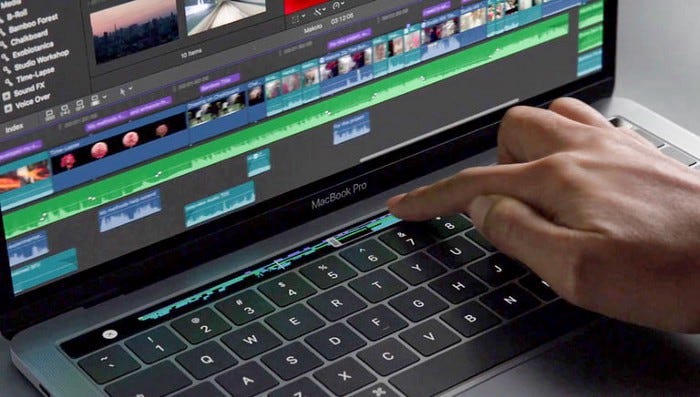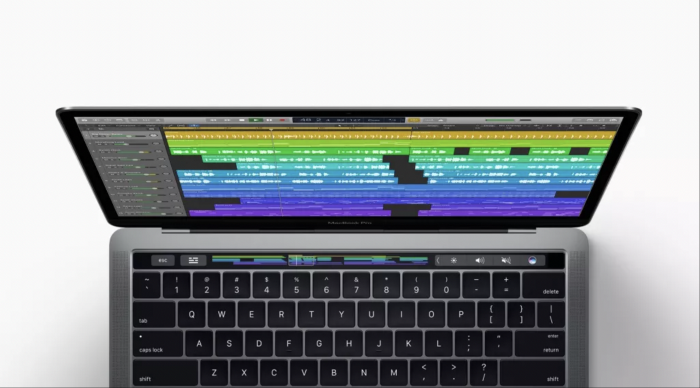Why Apple Decided to Remove the Touch Bar from MacBook Pro
Written on
Introduction
It's rare for Apple to admit the shortcomings of its products publicly. However, with the latest MacBook Pro models unveiled last year, Apple has officially discontinued the Touch Bar—a feature that did not appear in the updated range. The question arises: what led to the discontinuation of this feature, introduced six years ago?
The Journey So Far
The Touch Bar made its debut in October 2016, aiming to replace the conventional function keys with a dynamic touch screen, adaptable to user needs and application contexts. Despite its initial promise, it ultimately fell short and has now been phased out.
Apple’s Justification for the Change
Apple did not delve deeply into the reasons for the Touch Bar's demise. They acknowledged that users preferred the traditional function keys found on the standalone Magic Keyboard, claiming, “Users value the full-height function row on the standalone Magic Keyboard. And we’ve brought it to the MacBook Pro.” They emphasized the return of the tactile mechanical keys that professional users appreciate. While traditional function keys have proven effective for years, this explanation barely scratches the surface of the decision-making process.
The Underlying Issues
The failure of the Touch Bar can be attributed to several factors rather than a single issue. Despite the excitement surrounding its launch, the Touch Bar's lack of follow-up support and updates from Apple hindered its practical application. While it looked appealing in concept, it required more integration with apps to enhance user experience, which never materialized. Many users found it to be more of a distraction than a tool to streamline their workflows.
The Touch Bar's Limited Adoption
The Touch Bar was only available on higher-end MacBook Pro models, which restricted its reach. Although Apple sold a significant number of these devices, they constituted only a fraction of Apple's overall sales. Consequently, developers were less inclined to incorporate the Touch Bar into their applications, resulting in minimal progress or updates.
User Frustrations
Many users viewed the Touch Bar as an inconvenience, particularly in its initial stages. Its touch-sensitive interface often led to accidental activations, disrupting established workflows. For seasoned professionals accustomed to traditional keyboards, adapting to this new feature proved challenging, leading to calls for the reinstatement of the physical "Escape" key—an appeal that Apple eventually addressed.
Cost Considerations
The new MacBook Pros are priced starting at $1,999, a significant increase from previous models. Any additional features that could potentially raise costs were unwelcome, especially if they were unpopular. Integrating the Touch Bar into the new design would have required substantial effort, prompting Apple to conclude that it was time to abandon this initiative.
Concluding Thoughts
I believe that removing the Touch Bar was a commendable decision. It reflects Apple’s evolving approach to product design, demonstrating a willingness to rectify past mistakes instead of clinging to them. The return of previously eliminated features, such as the traditional ports and MagSafe, indicates a more user-centered mindset. The recent redesign of the MacBook to be thicker and larger is another example of this shift.
While I recognized the potential of the Touch Bar, I hope future innovations fare better. It's a reminder that not every idea succeeds, and adaptability is key to progress.
Supporting Us
References
Chapter 1: The Touch Bar’s Rise and Fall
The Journey Begins

The Initial Hype

Chapter 2: The Aftermath of the Touch Bar
User Reactions and Feedback
This video discusses why Apple decided to remove the Touch Bar from its MacBook lineup, highlighting user experiences and industry reactions.
Impact on Future Designs
This video explores the implications of the Touch Bar’s removal on Apple’s future product designs and user interface decisions.